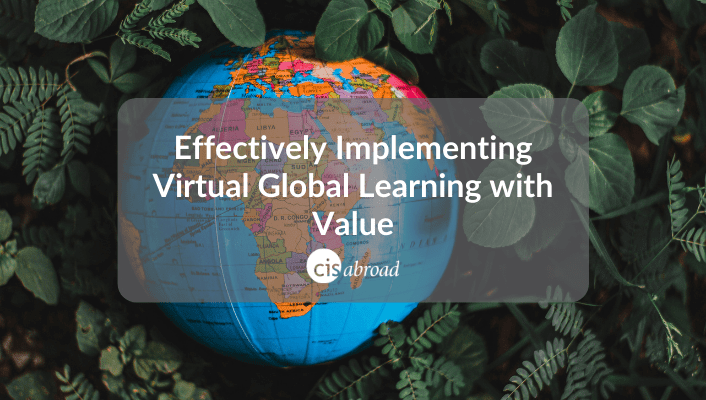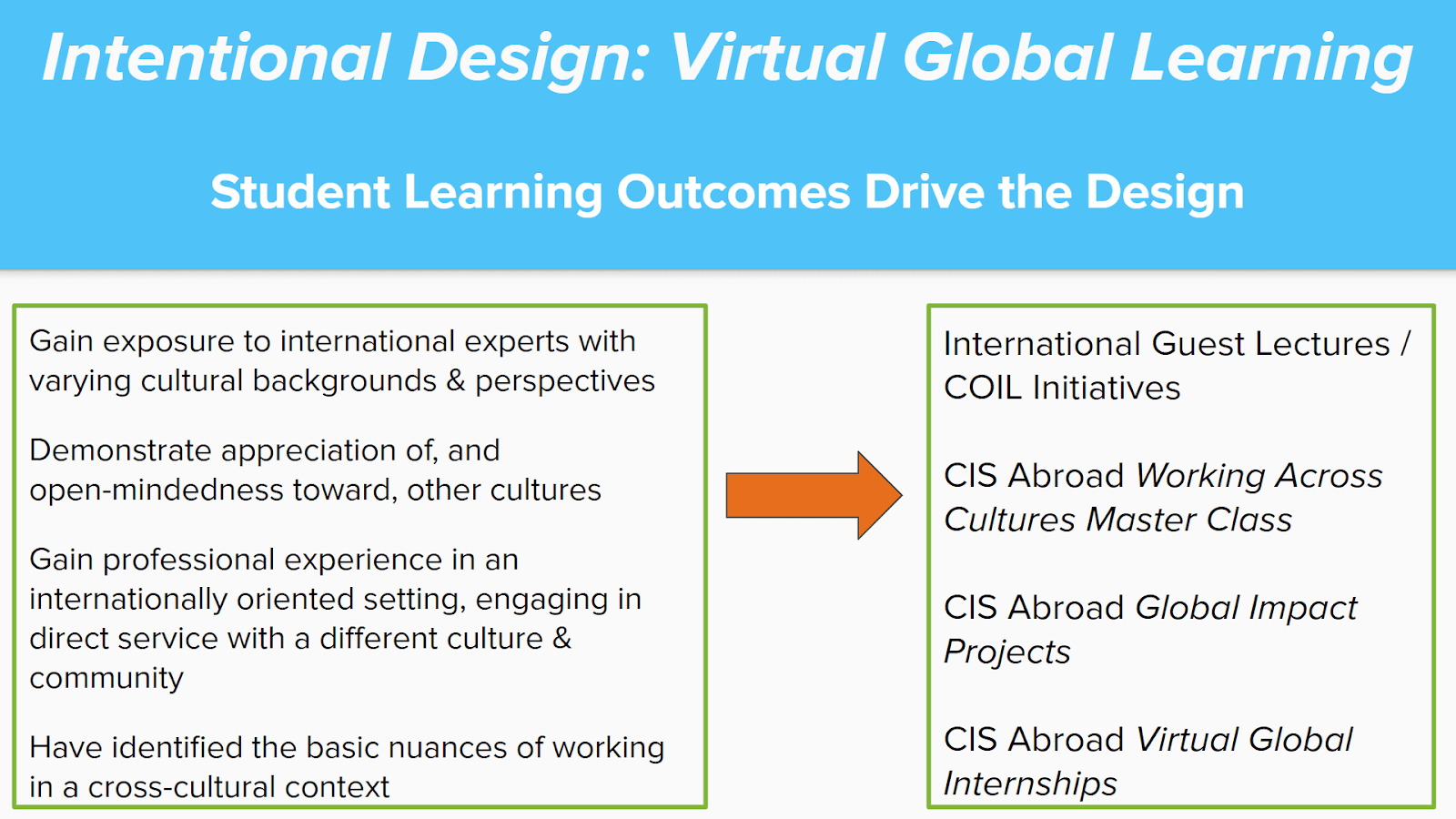This past semester, I studied abroad in Tokyo, Japan. I aimed to live by the quote "Life begins at the end of your comfort zone," and because of that, I have gotten to experience incredibly fascinating things and meet amazing people. Tokyo almost feels like a second home to me now. I am immensely thankful for the opportunity to have experienced the beauty of Japan and its rich culture.
Kenae Turner
Elizabethtown College
Semester in Tokyo - Toyo University
Based on personal experience from my home University, Australia does not tend to be a popular destination for study abroad, likely due to its distance. However, I am extremely grateful I made the decision to come here. The geographical diversity, numerous cultural representations, and major cities so close to nature make Australia a truly unique and unforgettable country. Spending three and a half months here will be an experience I treasure for the rest of my life.
Joshua Grossman
Coastal Carolina University
Semester on the Gold Coast - Bond University
Everyday was something new. CIS provided a brilliant network of people so I never felt alone, but I got to explore a place completely different from anything I could have imagined. It was challenging, a new culture, a language I didn't know completely, a new place to navigate, but that was the beauty of it all. No one goes abroad searching for comfort, but you learn that comfort can be found anywhere, if you know how to look.
Alisa Geise
Virginia Commonwealth University
Semester in Costa Rica - Universidad Veritas
Studying abroad has allowed me to grow as a person. I have conquered fears, experienced new things, tried new foods, and met wonderful people who helped make my experience unforgettable. I am more confident in myself and the person that I want to be in the future.
Ashlyn Holmes
Texas A&M University - Corpus Christi
Semester on the Gold Coast - Bond University
Studying abroad in London has been an experience I will never forget. Living in a new country is something I think everyone should experience in their life. I've made so many new life long friendships I never would have unless I came here. I've also grown so much as a person and become more independent. The CIS team has been so supportive during the whole process. From applying to my program to arriving on campus in London. My site directors have been so helpful and supportive answering any questions I have. The social program activities were amazing and helped me see a different side of London than I would have without it. I will never forget this experience it really has changed me for the better.
Katlynn Orloski
Michigan State University
Semester in London - University of Roehampton
Studying abroad changed my life in all of the best ways and CIS Abroad made it all happen!! Through CIS I was able to make my first friends and integrate into the culture way easier than I would have on my own.
Amy Zochalski
Valparaiso University
Semester in Newcastle - University of Newcastle
My time abroad has been the most eye opening journey and I’m a more independent person because of it. I’m so grateful for all the experiences, friends, and memories I’ve made along the way!
Casey Ferguson
Kean University
Semester in Edinburgh - Edinburgh Napier University
Unlike many people on this trip who come with the intention of being a tourist, I feel like I had a different goal. I wanted to rediscover my culture and where I belonged. Being a hafu living in America and not fluent in Japanese, I was never really able to get in touch with my Japanese heritage. This trip completely changed that and I now have a goal of one day living in Japan for the rest of my life.
Dean Handler
University of Central Florida
Summer in Tokyo - J.F. Oberlin University
The CIS program was truly a one of a kind experience. I was able to meet many students from all across America, attend several events (such as food tours or a trip to Kyoto), and make many friends. I would not trade it for anything. I am thankful I decided to study with CIS Abroad. Before this, I was thinking about just plowing through my degree, getting my master's and PhD, and immediately entering society. However, this experience changed my life. Through meeting many people from many places, and living in a new area for an extended period of time, my view of my own philosophies, culture and place of living, changed. This would not have happened if I stayed in the states. I would say if you are able to go, you should go. There is no time like the present.
Lexington Whalen
University of South Carolina - Columbia
Semester in Tokyo - Toyo University
I spent the past 4 months in Tokyo, Japan and it has been a life changing experience. I have been on so many new adventures and met people who I will never forget. This trip really helped me grow as an individual and I cannot wait to see what adventure I go on next!
Gabriella Sandoval
Virginia Commonwealth University
Semester in Tokyo - Toyo University
Studying abroad in Japan was lifechanging! Embracing a rich culture, forging international friendships, and gaining valuable insights broadened my perspective , fostering personal growth and unforgettable memories.
Bricen Williams
West Texas A&M University
Semester in Tokyo - Toyo University
I knew I wanted to study abroad, particularly in Japan, because it was on my bucket list. Thanks to CIS, I was able to go to Tokyo! Even now, it is surreal to me that I got to go! I can't put it into words how much fun I had in Tokyo. I enjoyed every second of my time there, from walking around the bustling streets of Shibuya and Shinjuku to going to class, eating delicious Japanese cuisine, and even going to the convenience store. Even the simplest things were incredibly fun to me. I was initially anxious about being homesick, my Japanese skills and traveling alone, but I'm happy to say that I very quickly made lovely, lifelong friends and was met with nothing but kindness from the locals. I learned not to let my worries get in the way of an opportunity of a lifetime. Thank you, CIS Abroad. I am eternally grateful for the opportunity I had to go to Tokyo.
Sada Chaudhury
Hunter College
Summer in Tokyo - J.F. Oberlin University
During my time in Costa Rica, I took Intermediate Conversation and Cultural Photography at Veritas University. I really enjoyed how relaxed the classes were and how the teachers taught us not only Spanish, but also culture and day-to-day life. I was also involved in the biology lab here (BIOMOL) and had fun doing some lab work every week. Not only with classes, I got to explore multiple places with my program, such as Manuel Antonio, Curubandé, and Jaco. I went surfing for the first time and got to hike some amazing trails. I highly recommend traveling to Costa Rica for study abroad; it is a beautiful country with beautiful people and memories to make!
Lauren Adams
William Woods University
Summer in Costa Rica
I took Spanish for Healthcare Professionals and Conflict Resolution & Healthcare at Universidad Veritas in San Jose, Costa Rica. I really enjoyed how interactive my elective class was; the students often led the class by doing presentations on various topics. We also had a field trip to the local school. My favorite part of the study abroad experience was all the weekend trips. It was awesome to see so many different places in the country. My favorite trip was to Tamarindo and Curubande where I got to take a surf lesson and hike to waterfalls.
Faith Johnson
University of Michigan - Ann Arbor
Summer in Costa Rica
This past month I spent my time studying abroad in Sorrento, Italy with CIS Abroad. The opportunity of being able to study in Italy was a dream come true! From my peers in the program to Frankie and Kayla, everyone has been so open and welcoming. CIS has done any amazing job making sure I felt prepared for my travels and was available to answer my many questions. Without CIS, this opportunity would have seemed like a dream, but they helped me turn it into a reality. I have met some amazing friends and grown into a better person during my time in Sorrento!





